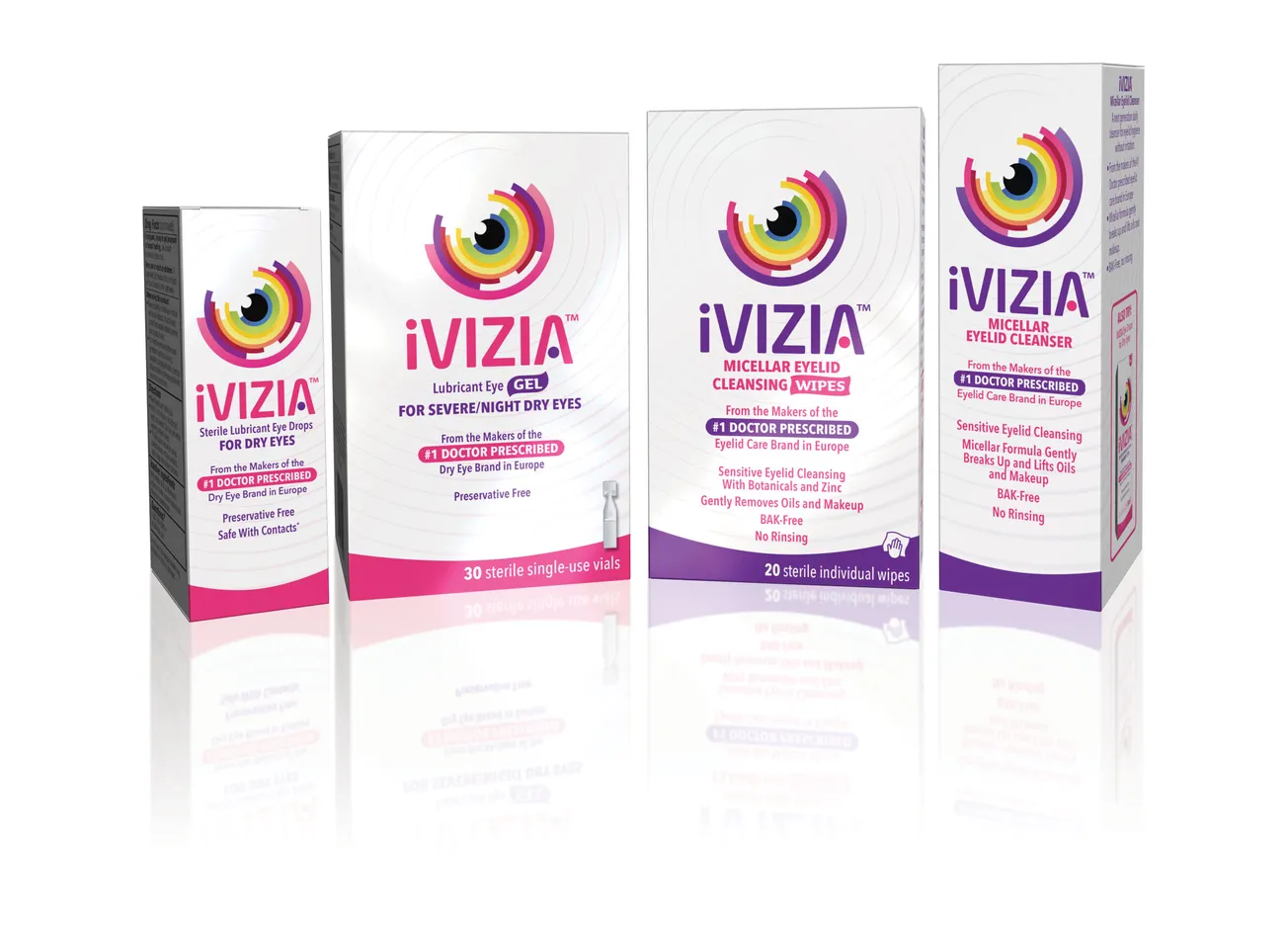Jen Johnston is senior marketing project manager and content architect at Hamacher Resource Group.
Consumer packaged goods salespeople, take note: In the competitive landscape of the retail shelf, where dozens, if not hundreds, of brands vie for limited space, you must convince retail buyers to take a chance on your product. Describing “why” with a compelling story supported by objective data is paramount.
A robust retail pitch deck is a crucial asset in your arsenal as a CPG salesperson. An incomplete or lackluster presentation significantly diminishes your chances of clinching shelf space. Conversely, a tailored, coherent story based in factual data dramatically enhances your appeal to the retailer.
It’s essential to recognize that a pitch deck isn’t a one-size-fits-all solution. Mere logo swaps won’t suffice. Dive deep into the ethos of the chain you’re targeting. Understand their stance on product innovation, pricing strategies and promotional approaches — and shape your narrative accordingly. Visiting stores can provide you with valuable insights. As you stand at the shelf, consider the existing assortment as you put yourself in the category buyer’s shoes. Your presentation really isn’t about pitching a product as much as presenting a solution. Consider their objectives and the challenges they confront.
Your presentation must articulate how your product will contribute to category growth, attract new shoppers, generate turns and bolster the retailer’s brand image.
One way to demonstrate this is by utilizing data to showcase category expertise — highlight underperforming SKUs, assortment gaps, and overall category growth or decline through charts and graphs.
You’ll also want to show that your company has a nuanced understanding of consumer needs, substantiating claims with survey data or unit and dollar growth. Come prepared with your projections and velocities. Highlight how the target consumer for your product aligns with the retailer’s.
Including a product overview that highlights the features and benefits of your product goes without saying; however, it is important to tie back to any consumer trends and/or shopping behaviors. Some on-trend buzzwords include sustainable packaging, natural, gluten free, vegan, and woman- or minority-owned. If your product has these attributes, be sure to emphasize them in your deck. A shopping behavior we know is here to stay is shopping online as well as browsing online before buying in-store. Assure the retailer your digital product content is up to its standards and that you have a process in place to ensure online assets are kept up to date.
If your product is similar (or perceived to be similar) to items already on shelf, you should consider including a comparison chart that can show things such as active ingredients, mechanism of action, cost per dose, clinical effectiveness, and other pertinent features and benefits.
Merchandising is another area of your buyer deck not to be overlooked. Explain where your product should be placed, what cross-merchandising opportunities are recommended, and what SKUs should be rationalized to accommodate the changes. Include rationales for every suggestion, and include a visual representation in the form of a flowgram, or ideally a planogram tailored to the retailer’s assortment. You may also want to highlight digital renderings of signage, end-cap headers, and counter or floor display options.
Most retail chains offer shopper marketing and/or loyalty programs that manufacturers are expected to participate in. Doing your homework prior to the meeting to understand what opportunities are available and then presenting a plan and dedicated dollar amount in your presentation can go a long way to show the buyer your dedication to their stores.
You’ll also want to show, in calendar format, your trade marketing plans for the year, whether regional or national, breaking it down by channel — social media, digital influencers, retail media, traditional advertising, etc. Don’t be afraid to share the anticipated marketing spend with the buyer. They want to know how you plan to move units once your item hits the shelf.
Don’t forget to highlight your company’s logistical capabilities. The buyer needs confidence that your company can be relied upon to provide timely delivery so they don’t experience out-of-stocks. Be sure you have your supply chain tightened up, including raw ingredient suppliers, packaging printer vendors, etc.
When it comes to the length of your pitch deck, shorter is generally better. Ten to 15 slides ought to be enough to convey your main points, and you can always include a short appendix if necessary. Remember that some retailers have certain requirements for presentations, so it is important to research or ask your buyer about this prior to the meeting.
Finally, be sure to go back through your presentation at the end and even recruit some new eyes to check for typos, grammar and staying on brand. Are the products logos and images proportional, or have they accidentally gotten stretched? Are all retailer references correct? Your deck may tell a great story, but if it is not visually pleasing or looks sloppy, the buyer may not be able to focus.
Your pitch deck is a living, breathing presentation that will evolve alongside market dynamics. Regular updates will ensure your brand consistently shines.









